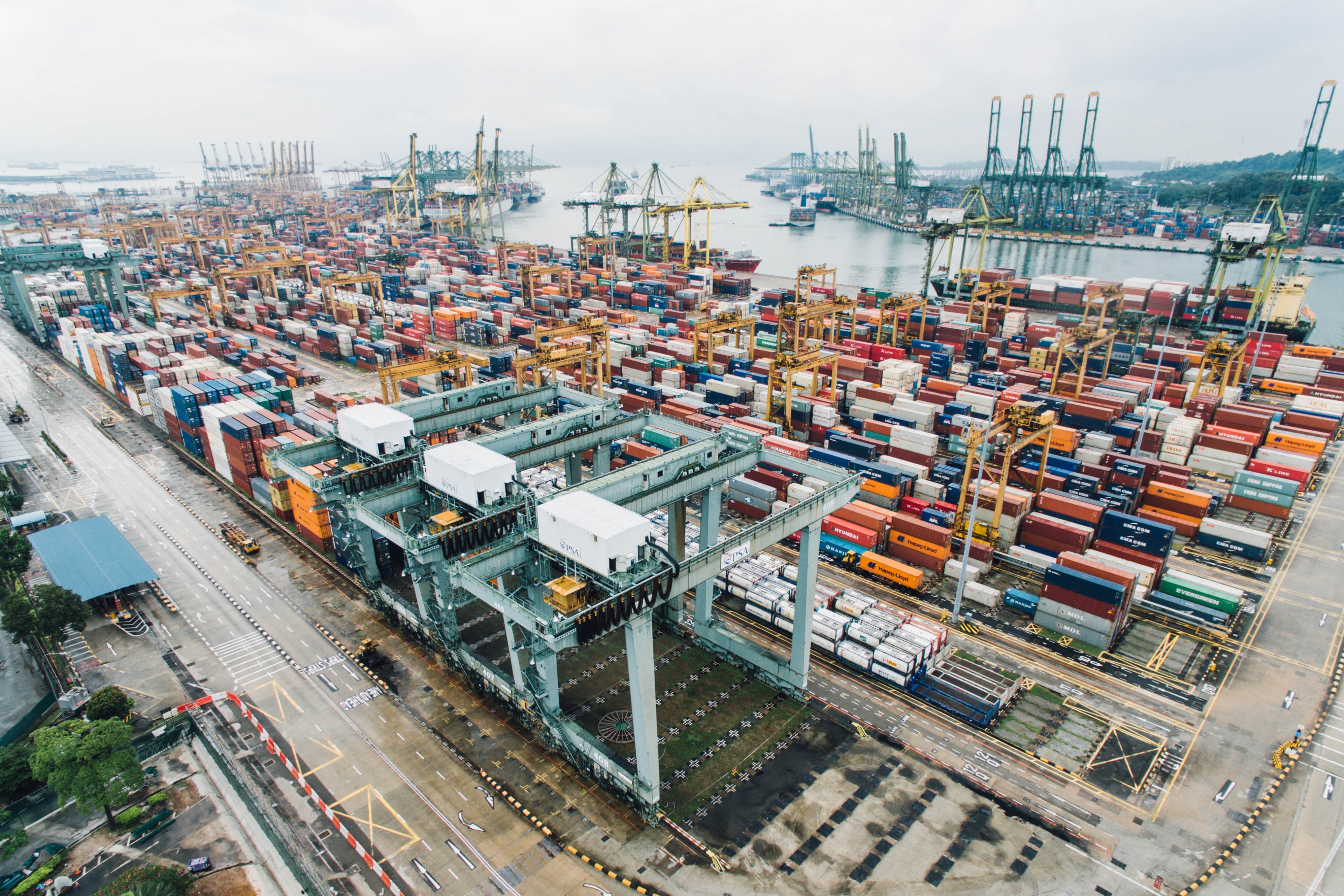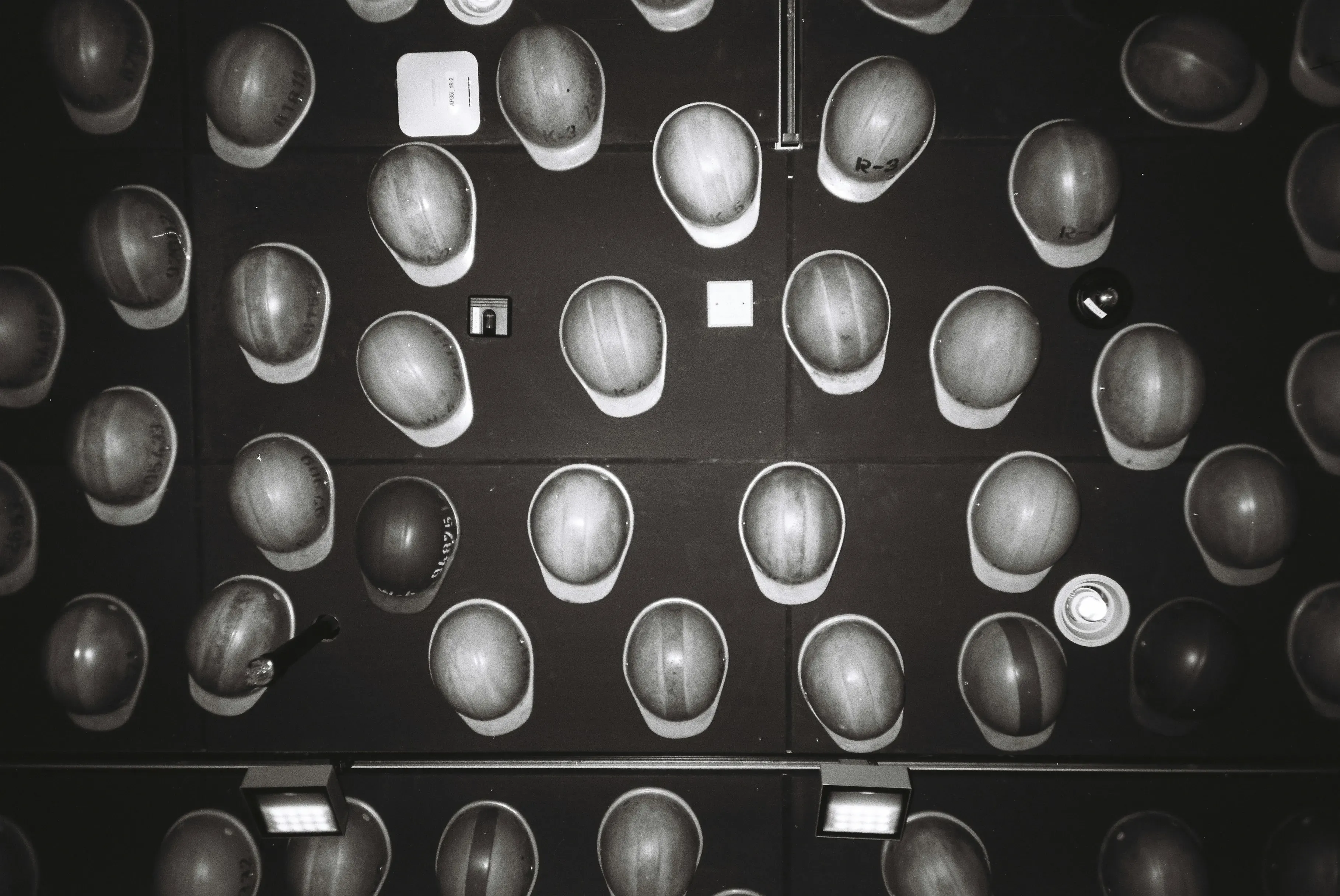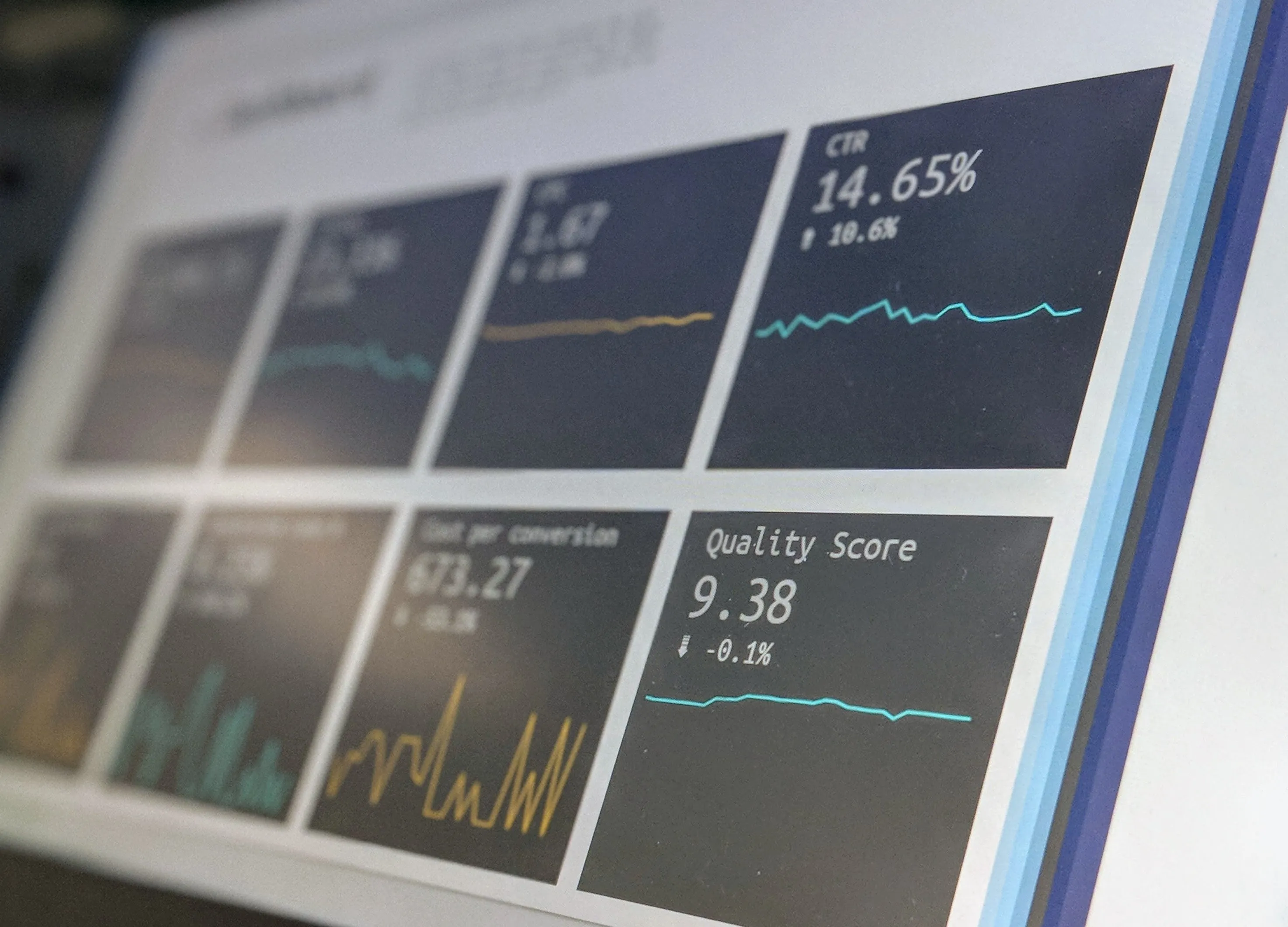India vs International Transport business growth and problem

The transportation business is currently experiencing tremendous growth across the globe. Even the Indian transport business is making a mark in the global market.
The transportation business gets reckoned as the backbone of international trade, generating revenue to a great extent. The global logistics market value was US$ 4.92 Trillion in FY21 and is estimated to bloom by $6.55 trillion by 2027, which is tremendous. It is a massive growth. On the other hand, in India, the size of the market is around 250 billion USD. The near future is looking very energetic.
A transportation business involves the movement of goods and people from one end to the other, forming a supply chain. It plays a vital role in connecting companies with their customers, whether in healthcare, hospitality, tourism, or manufacturing.
Although these industries are blooming, many factors hinder these businesses; from reaching their peak. Let us look at the Indian and global market data for; a better understanding.
Let’s take a look at the Indian logistics market:
● The Indian logistics market was valued at US$250 billion in FY21 and is estimated to bloom to US$350 billion by 2025, exhibiting a CAGR between 10-12%(source: Statista).
● According to data revealed by Statista, it gets estimated that logistics cost contributes to 14% of overall GDP, which indicates how competitive India is in terms of transport infrastructure.
● The size of the road logistics market in India, was valued at US$209 billion in FY21, with the highest in intercity roads, with a market share of 87 percent. It gets expected to grow by USD 330 billion markets by 2025, exhibiting a CAGR of 8%(data revealed by the Inter-city Logistics Market Study conducted by consulting firm RedSeer's RedCore).
● The report further revealed that; Metro service accounted for 40% or USD 84 Billion of the total inter-city logistics(Redcore).
● A diversity of start-ups operates to increase value, like discovering and booking, value-adding, and execution with their target clients.
The growth of global transportation services:
The transportation industry is the backbone of global trade. Now, as for global transport services, the global logistics market value was US$ 4.92 Trillion in FY 21, according to data revealed by IMARC. Further, the report states that the market gets expected to cross $6.55 trillion by 2027, exhibiting a CAGR of 4.7%. That is massive growth.
At present, Asia-pacific is in the leading position followed by North America.
According to Reportlinker, Air Transportation gets projected to record a 3.4% CAGR and reach US$1.9 Trillion by the end of 2027.
Further Statista revealed that the aviation industry alone provides a total of; 87.7 million employment globally. The maritime trade transport volume faced declination with 10.65 billion metric tons in FY20 amid the Corona pandemic. The international seaborne trade carried by container ships raised to 1.85 billion tons loaded in FY20( Statista).
At the international level, the world bank gets reckoned as a great contributor; to transport growth. For example, by the end of FY21, 19 new transport projects have been approved, and 59% of the transport projects now include climate co-benefits.
What are the problems preventing the Indian transport business from reaching its peak? Let's dig into the reasons:
1. Lack of business skills:
Although transportation business operators work very hard, they do not know how to do business. Many operators in transportation come from varied backgrounds. They lack the knowledge and skills needed to flourish in a business.
Besides hard work, they need to understand the importance of marketing, branding, forecasting, system management, and advanced technologies. Focusing on these sectors can open doors to many new opportunities, leading toward growth.
2. No vision and strategy:
Many Indian transport businesses operate without a vision and strategic plan. Forecasting and business planning are motivating factors to drive a business towards success. It helps forecast the business situation in the market in the coming years and gives better insight into the business operations for making tough decisions.
3. Deficient in Marketing:
As the fastest growing economy, we are on the verge of entering the top three spots. But in a country with 22 official languages, marketing skill becomes the most difficult and neglected job in the logistic sector. And no matter how much you spend without analyzing the market and the people's choice, anything can fall apart. Thus the lack of marketing prevents the Indian transport business from reaching its peak.
4. Lack of innovations:
Today, where the entire world has shifted to industrial revolution 4.0 and welcoming new opportunists leading to growth, the Indian transport business is still living in the 2.0 phase. Industrial revolution 4.0 is shaping the way the supply chain works and aims to achieve sustainability in logistic operations; needed to meet the changing demands. This new phase introduced the Internet of Things (IoT) and Artificial Intelligence (ai) solutions, which allow an operator to have a more accurate in-transit visibility and delivery of goods, tracking shipments, and providing updated traffic data. Thus, there is a need for the Indian transport industry to adopt advanced digital technologies to keep pace with the world.
5. Branding:
It is a key point to becoming a unicorn in the market. Branding makes a big difference between two businesses. And human psychology makes us believe in a company; that has a big brand. In today's world, to acquire more customers, you need to create brand awareness; at this point, the transportation business lacks. Although they put in a lot of effort, they do not focus on building a brand identity. It prevents them from making their mark in the market.
6. Bottleneck:
The Indian transport industry is not doing as well as it should be as there are many business operator bottlenecks in their businesses. They struggle to manage the timely deliveries, inventories, demands, and cost of shipment. Maybe they do not have an efficient workforce or authentic system to manage all these tasks. They look into every aspect of their business by themselves as a one-man army. But it is stopping them from focusing on the essential things that need their attention, such as customer acquisition, branding, marketing, and the technologies; need for more sustainable growth.
Final words:
Lastly, the transport business is growing at its own pace even after facing many challenges due to these above-mentioned; issues. But to reach the peak, it is necessary to bring some changes. As the problems ease, it is possible to shape further development in the logistics sector. Thus to make a mark in the global market, the Indian transport business needs to change; the way it operates.



